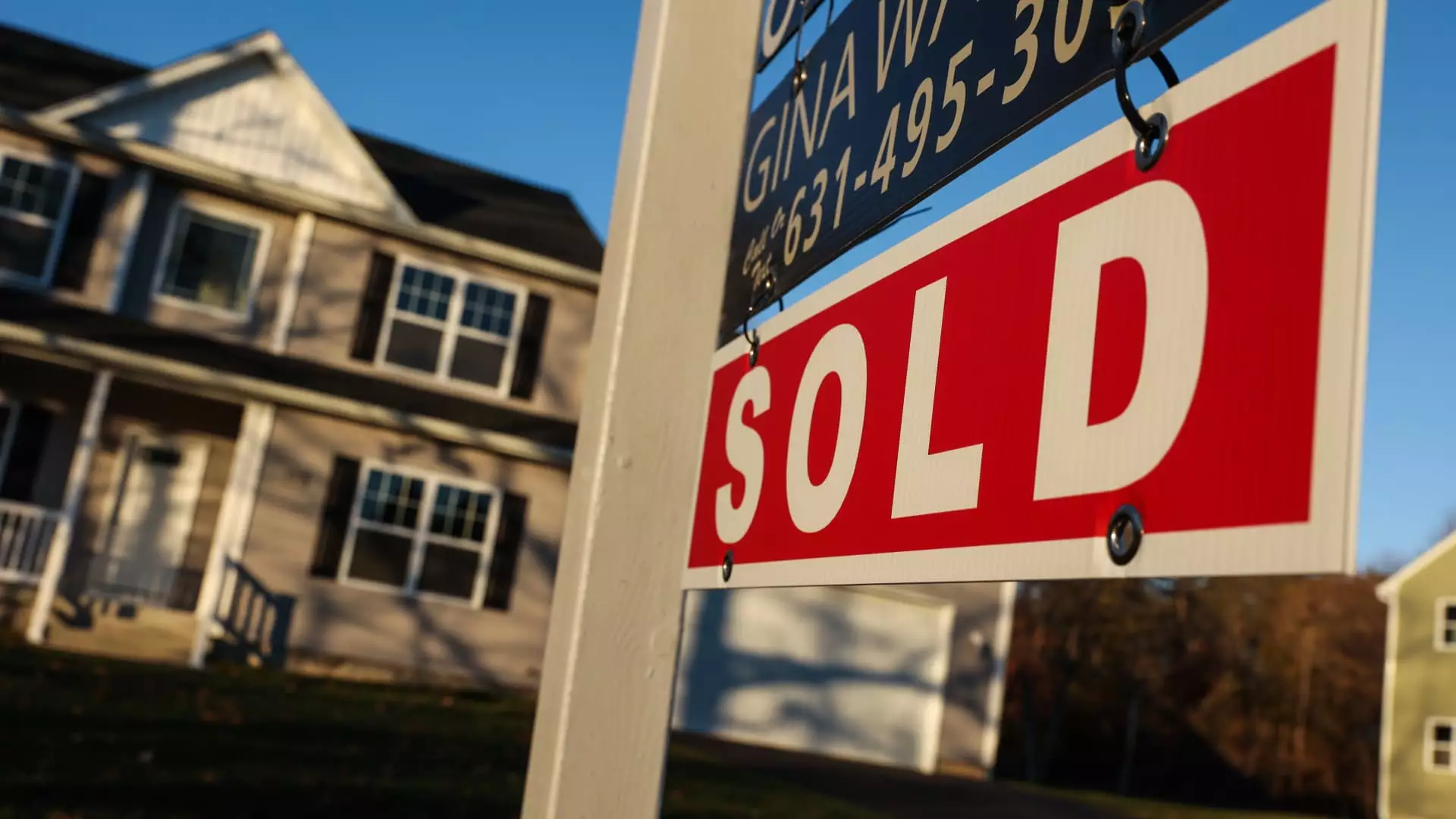Market Rebound: How Lower Mortgage Rates Are Revitalizing Home Sales

After a sluggish summer characterized by waning home sales, October 2023 marked a notable resurgence in the housing market, largely fueled by a sharp decline in mortgage rates. The National Association of Realtors (NAR) reported a 3.4% increase in sales of previously owned homes, raising the annualized rate to 3.96 million units. This uptick not only signals a recovery from the earlier slump but also marks the first year-over-year growth in home sales in over three years. Such data reveals a shift in consumer sentiment, as more potential buyers are stepping back into the market after a prolonged wait.
One of the most significant factors influencing this change is the recent drop in mortgage rates, particularly for the widely-used 30-year fixed mortgage. Starting the month of August at an average rate of around 6.6%, rates fell to as low as 6.11% by mid-September, creating an inviting financial environment for home buyers. Lawrence Yun, NAR’s chief economist, emphasized the importance of these lower rates, suggesting that they could signify the end of the bleak period characterized by declining sales and high interest. His insights reflect a cautiously optimistic outlook, suggesting that a combination of job gains and sustained economic growth could further stimulate housing demand in the near future.
Another notable trend emerging in October is the increased housing inventory. With 1.37 million homes listed for sale—an increase of 19.1% compared to the previous year—buyers have a slightly larger selection. However, the current inventory level still represents only a 4.2-month supply at the current sales pace, indicating that the market remains tight. A balanced market typically reflects a six-month supply, so the limited availability continues to exert upward pressure on home prices. The median price for existing homes rose to $407,200—a 4% increase from the previous year. This highlights the dual challenge facing potential buyers: while sales are rising, affordability remains a significant concern.
Despite the positive outlook for sales, first-time home buyers still represent a nominal share of the market, contributing only 27% of sales, down slightly from the previous year. This indicates challenges faced by new entrants, particularly amidst elevated mortgage rates. Traditionally, first-time buyers account for around 40% of the market, so this decline underscores ongoing barriers to entry, such as high costs and stringent lending standards. Many first-time buyers rely heavily on favorable mortgage conditions, making their participation in the market critical for broader recovery.
Interestingly, the profile of homebuyers is also evolving. A decrease in the percentage of all-cash buyers—from 29% to 27%—signals a shift influenced by lower mortgage rates. Although this figure remains historically significant, the tendency towards financed purchases suggests a renewed interest from buyers who may have previously opted out of the market due to high locality prices. This shift emphasizes a broader trend toward financed home purchasing, particularly among those waiting to secure more favorable conditions in the post-election environment.
Recent reports from Redfin indicate that the housing market is experiencing a renewed surge in buyer interest, particularly following the recent elections. With a reported 17% year-over-year increase in its buyers’ demand index during a mid-November snapshot, this resurgence is likely driven by pent-up demand from consumers eagerly awaiting favorable market conditions. The anticipation of further interest rate cuts from the Federal Reserve adds an additional layer of complexity to the evolving landscape, likely enticing more buyers and sellers to engage in transactions.
The recent drop in mortgage rates has invigorated home sales, propelling the market toward recovery after an extended downturn. With increasing inventory levels and a tantalizing shift in buyer interest, the potential for further growth is palpable. However, affordability concerns, particularly for first-time buyers, remain a crucial challenge. As the market continues to evolve in response to economic conditions and consumer sentiment, the full impact of these changes will unfold in the coming months, ultimately shaping the trajectory of the housing market.





